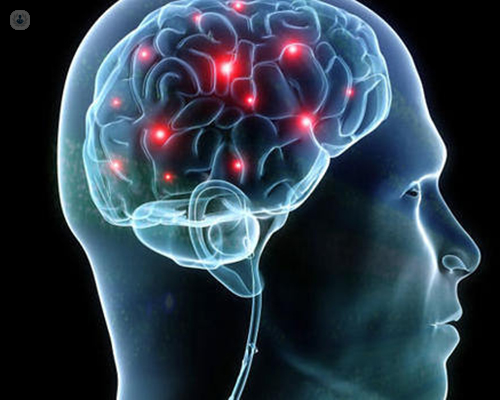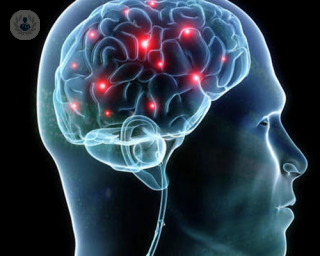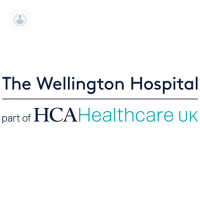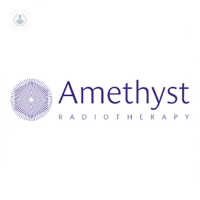Arteriovenous malformation
Ms Mary Murphy - Neurosurgery
Created on: 03-09-2022
Updated on: 11-16-2023
Edited by: Aoife Maguire

What exactly is an arteriovenous malformation?
The medical term arteriovenous malformation refers to an atypical tangling of the blood vessels that connect our arteries and veins. They can develop anywhere within the body, but are most commonly found within the brain and spine.
What does arteriovenous malformation lead to?
Typically, patients who suffer from arteriovenous malformation will experience a disruption to both their blood flow as well as their overall oxygen circulation.
How dangerous can the condition potentially be?
As arteriovenous malformation can occur in one’s brain, it can potentially lead to serious health concerns, such as:
- stroke
- brain damage
- haemorrhage
What are the main symptoms of a brain arteriovenous malformation?
There are quite a few symptoms that patients with this condition will typically experience and present with. The main ones include the following:
- headaches
- seizures
- loss of consciousness
- muscle weakness and numbness
- changes in vision and/or speech
- gradual loss of neurological function
- nausea
- vomiting
What are the main warning signs to watch out for?
Although some warning signs may not, in some cases, specifically point towards a brain arteriovenous malformation, the majority of warning signs will indicate the condition. These include:
- extremely weak muscles
- speech problems
- vision problems
- dizziness
- back pain
- sudden pain in one area of the head
- feeling of numbness
- tingling sensation
- confusion
- memory loss
Are the causes of arteriovenous malformation known?
In most cases, people are born with arteriovenous malformations. However, the condition can indeed develop later on in life. In certain cases, genetics, and more specifically, genetic changes, can lead to or influence the development of arteriovenous malformation. Arteriovenous malformations are caused by a steady development of an atypical interaction or connection between one’s arteries and veins. Experts, however, remain bewildered as to why this occurs.
When should one seek medical attention in relation to arteriovenous malformation?
You should definitely seek immediate medical attention if you notice that you are regularly suffering from any of the abovementioned signs and symptoms. The main ones to particularly watch out for are headaches, dizziness, vision problems, changes in neurological function, and seizures.
How is it diagnosed?
Arteriovenous malformations are, more often than not, diagnosed incidentally following a CT scan or a MRI scan that a patient has undergone for other medical conditions or reasons. A cerebral arteriography can also be carried out in order to ensure an accurate diagnosis is made.
What are the most effective treatment options?
There are three main treatment options that are very effective when it comes to treating arteriovenous malformation. They include:
- Resection (surgical removal).
- Endovascular embolisation.
- Stereotactic radiosurgery.
Which specialist treats a brain arteriovenous malformation?
Neurosurgeons are experts when it comes to diagnosing and treating brain arteriovenous malformations.










